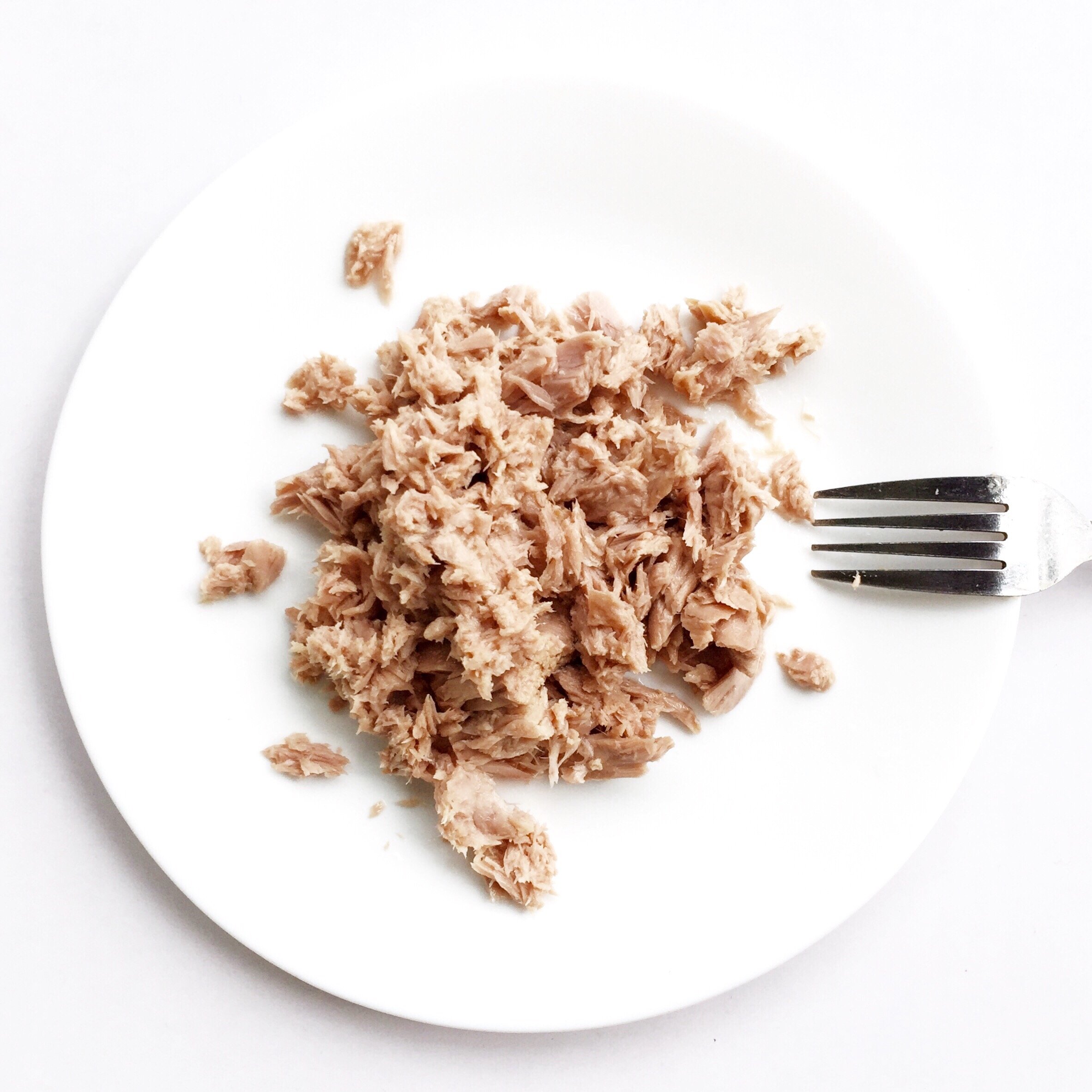10 Best Diabetes-Friendly Foods
If you are a person with diabetes or know someone with diabetes, food plays a major role in helping to control blood sugar. There often is confusion as to which foods are considered healthful to include in a diabetes-friendly eating plan. Below is a list of 10 foods which an explanation of why they are healthful to include in a diabetes-friendly diet.
Spinach

Tuna
Tuna is a fatty fish that provides omega-3 fats specifically EPA (eicosapentaenoic acid) and DHA (decosahexaenoic acid). Both EPA and DHA have been shown to help support heart, eye, and brain health. People with diabetes are at a higher risk for heart disease, so adding fatty fish like tuna with omega-3 fats can help. Further, fatty fish like tuna which also contains protein help slow down how quickly food is absorbed into the blood. In turn, this helps control blood sugar. Other fatty fish to incorporate in a diabetes-friendly diet includes salmon, herring, and anchovies.
Quinoa

Beans

Berries

Researchers assigned 14 overweight adults to consume a strawberry drink (equal to 1 cup of fresh strawberries) at one of three times: 2 hours before a typical Western breakfast (defined as a meal high in calories, saturated fat, and sugar, and low in nutrients), with the meal, or two hours after the meal. Individuals who drank the strawberry drink two hours before breakfast had a significantly lower blood sugar level over a 10-hour period compared to those who had it with the meal.
Researchers think that the strawberries may improve the insulin signal, moving sugar out of the blood and more quickly into the cells. Researchers in the study concluded that eating strawberries within two hours of a meal may help reduce blood sugar.
Citrus Fruit

Nuts

Greek Yogurt

Kimchi

Avocado

In a randomized, control cross-over study published in Nutrients researchers examined the effects of replace carbohydrate energy meals with a half or whole avocado on markers of metabolic and vascular health in 31 individuals. Study results indicated that compared to the energy-matched, low fat, high carbohydrate control meal, overweight adults who ate an avocado as part of their breakfast showed improved glycemic and lipoprotein profiles and other indicators of heart health.
Researchers concluded that eating a meal with one-half or a whole avocado compared to an energy-matched, low fat, high carbohydrate meal may improve acute markers of heart health in middle-aged overweight and obese adults.
For more news and updates, follow Generation Iron on Facebook, Twitter, and Instagram.









